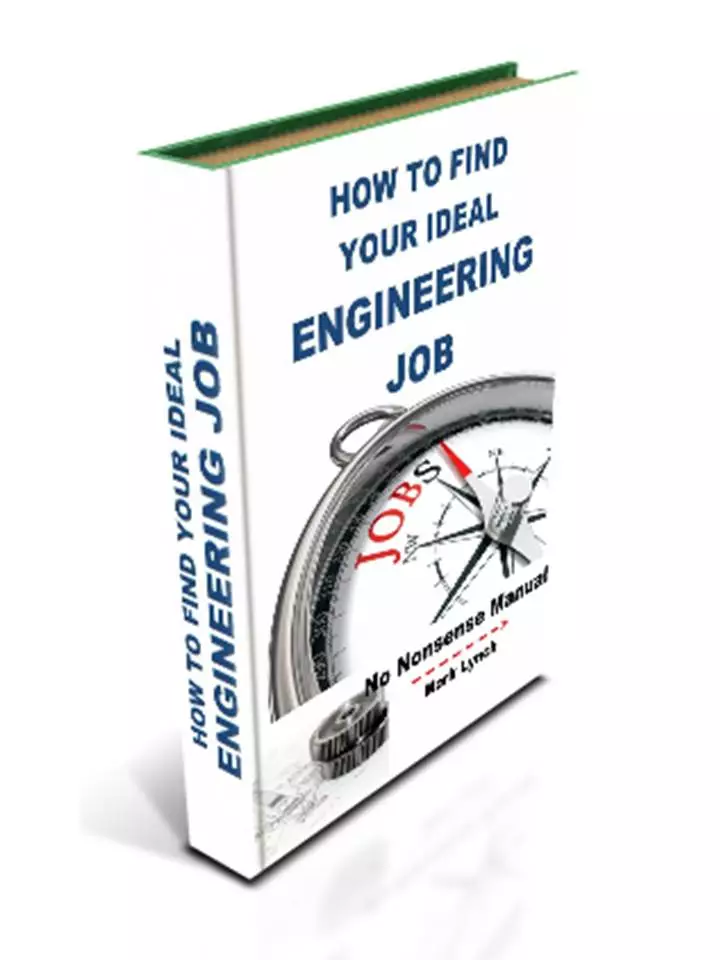'Hands-on Help for SMEs' and Smart Technical People'
Cellular and Lean Manufacturing
Layout
Lean Manufacturing Tools and Techniques
Cellular and Lean Manufacturing Layout Principles - Real World Examples
Manufacturing layout considerations are central to lean because they are so closely related to waste reduction – particularly the waste of transportation. Also continual flow and minimising work in progress are clearly impacted by plant layout. Moving machines and workstations closer together with a considered, logical layout can dramatically reduce lead-times.
A good place to start when reviewing layout is to trace the movement of a component or material from when it comes into a factory all the way through, before leaving as part of a finished product. Do this on a paper layout of the factory plan. The route will highlight the overall length of the journey, together with how many times it criss-crosses back and forth across its own path. The waste of transportation will be illustrated very clearly.
Ideally the layout should be rearranged (as far as is practical) to dramatically shorten the journey of the majority of the parts and materials. This will require some thought and careful consideration. But the aim will be to minimise the route.
Once the shortest route has been planned, machines and work stations should be moved as close together as is practical. Machines, trolleys and crates should be mounted on wheels to enable more flexible movement and easier cleaning. Housekeeping and maintenenace also requires access around equipment.
Production cells should facilitate one piece flow. A ‘U’ shape is desirable, where the work piece comes in at one end, is worked on at different stations, moving around the ‘U’ space, before leaving at the other end. Ensure the ergonomics are correct with tools, workpieces and the bench set up for comfortable operation by an employee of broadly average size. Instructions or data should be easily visible as they work. Seating or standing positions should be checked, lighting should be at minimum satisfactory and the operator shouldn’t have to over-stretch.
Consider piloting a small improved layout project with perhaps a production cell or a workstation. Try mapping the ‘before and after’ component route map. Is it possible to time the improvement? Can you list the enhancements from the operator’s perspective? Refine your approach by perhaps applying 5S improvements as well. Use what you learn, together with the tangible progress to make the case and convince others of larger scale improvements.
Good ideas for jig and fixture design to assist fitting and assembly should be encouraged and if possible rewarded.
See the section on ‘Value Stream Mapping’ for a more detailed explanation and further advice for practical implementation.
Manufacturing Work Cell Optimization: Design, Layout and Cycle Time Analysis
Courtesy of Ian Johnson
Reorganise plant layout to reduce part transportation in your factory
Next... Standard Operating Procedures (SOPs) and Standards
Back to Lean Manufacturing Essentials
Lean Tools - Best Thing Since Sliced Bread?... Or Hugely Overated? What do You Think?...
What is your experience when applying Lean Manufacturing Tools in the workplace? Which ones have you tried and had success with?
Alternatively, which just didn't work, especially in the long term? - Share your story... and get a FREE copy of our report 'Helping You and Your Manufacturing Business Thrive'...
PS: Feel free to name-drop your firm! There's nothing wrong with a bit of free publicity!











